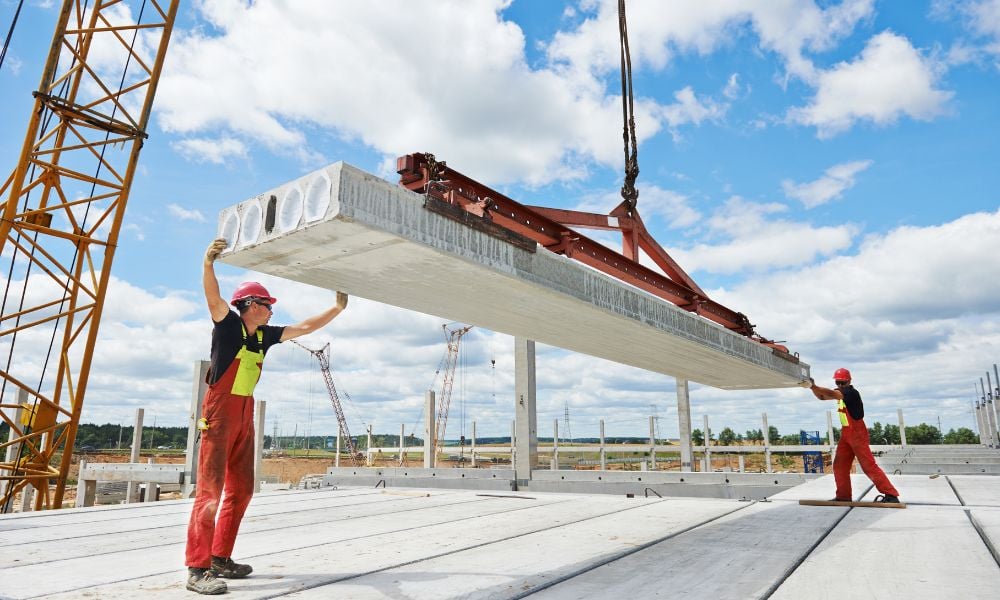How emerging tech is providing cleaner air in workplace setting


Keeping your co-workers safe in the workplace is a daily effort. Respiratory protection can shield people from changing threats, like airborne illnesses and unsafe buildings falling apart with time. Learning about technological advances protecting workers in numerous industries could improve your team’s well-being.
Health hazards exist in numerous workplaces
Protecting your airways is crucial in health care settings, but airborne viruses aren’t the only ways people can become ill on the job. If your team is around pesticides, organic dust and vapours, they could develop conditions like chronic obstructive pulmonary disease if they breathe the contaminants over time. Other allergens, such as pollen and fungi, can also decrease a person’s productivity if they start feeling sick.
People in industries like health care, construction, manufacturing and other sectors need daily protection against viruses, bacteria and airborne pollutants. The Canadian Occupational Health and Safety Regulations protect against numerous respiratory threats in workplaces, but updating your team’s ability to stay healthy through advanced technological tools will give everyone more peace of mind.
Latest respiratory protection advances
Filtration technologies are an excellent tool in aging buildings. Nanofiber filters collect finer particles, even when they have different shapes like cones. If you replace them regularly, you’ll prevent blockages from making them less efficient. Combination filters with Wi-Fi connectivity may be another option for teams that want automatic replacement reminders.
Workers in areas with unavoidable gases could start using air-purifying respirators. These devices come in two models — one that catches particulate matter and another that absorbs gases. While your team might already use the standard APR that blocks you from breathing contaminants, swapping them with gas-absorbing respirators could better protect your team.
Portable air filters also effectively shield people from airborne viruses, regardless of what they do during the workday. When your team members are in rooms full of people, conversing one-on-one or sitting in shared spaces, a PAF will clean the air around them with technology like ultraviolet light or negative ionization.
Challenges to overcome when implementing health and safety measures
Giving everyone health-boosting technology won’t be enough to make your efforts successful. Workplace leaders must also implement strategies like written respiratory protection programs and training sessions on new equipment. When people know how to correctly use their tools, they’ll experience maximum protection.
Investing in respiratory technology also requires budgeting unique to each workplace. A team of five people will spend less on individual APRs than an office with 50 employees. If an entire department starts using PAFs, the company’s electric bill might also rise. Each PAF will need power, resulting in higher ongoing utility costs.
Improve your team’s workplace safety
Learning about new respiratory protection tools is an excellent way to protect your co-workers. If you strategize how you’ll manage potential challenges that could arise during the office transition, you’ll create a more effortless experience for everyone involved.





